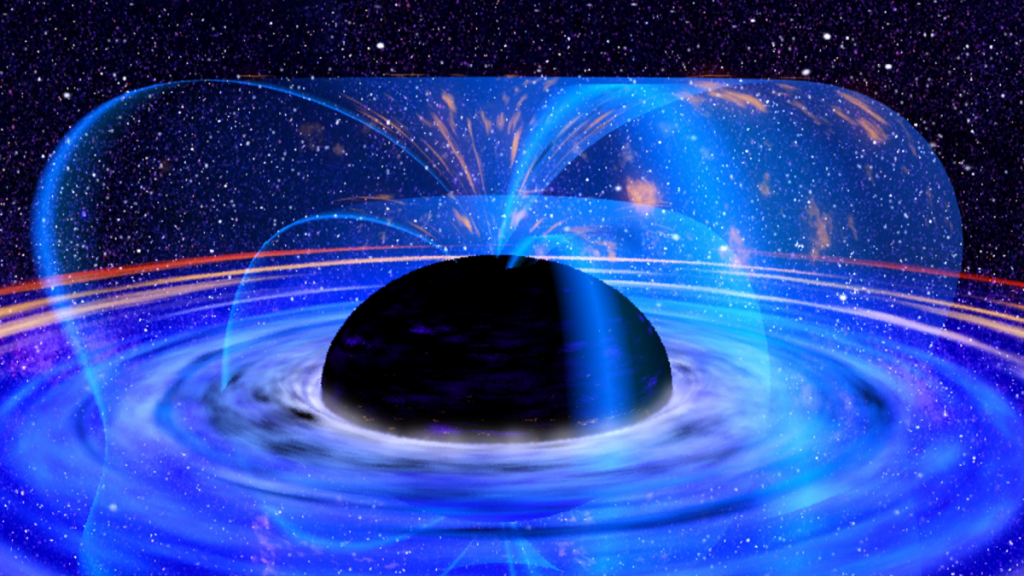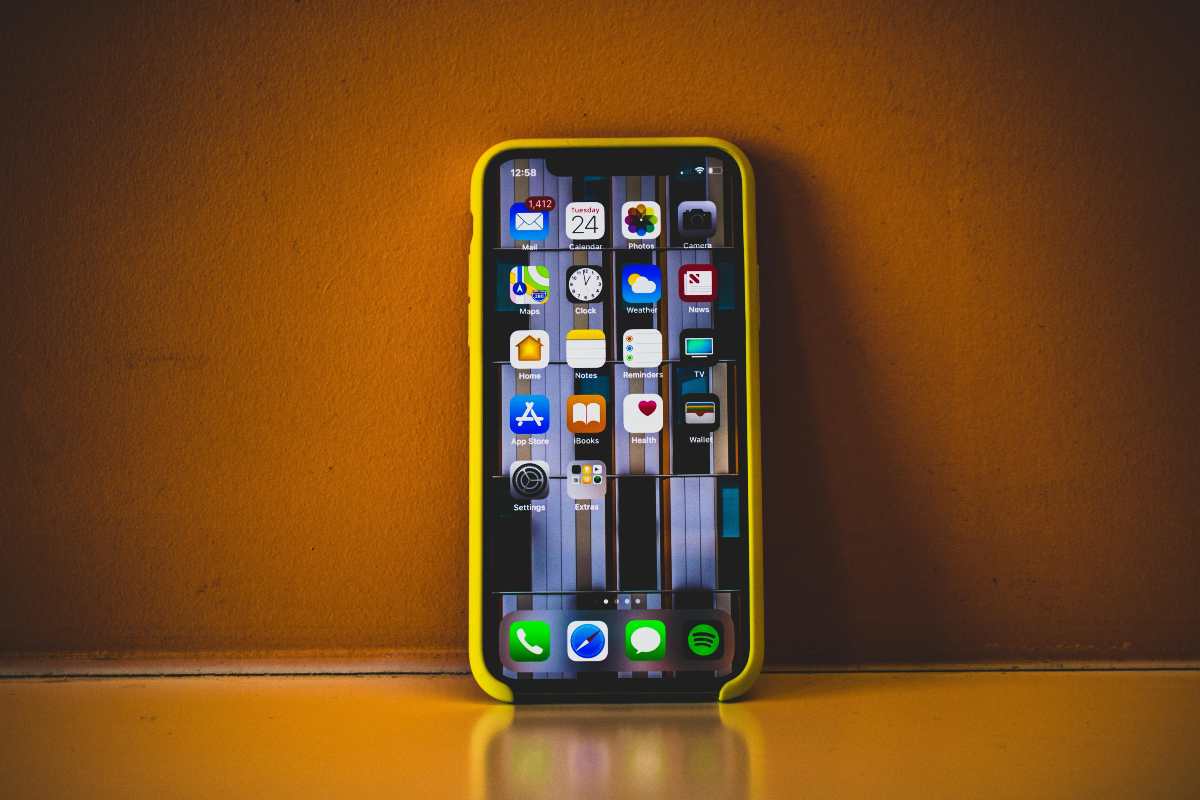The project is called NUTRISS and aims to define a food reference protocol for long-duration space missions.
The experiment, run by the Italian Space Agency (ASI), predicts that during Matthias Maurer’s Cosmic Kiss space mission on October 30, a team from the University of Trieste will monitor the German astronaut’s metabolic activity for six months. European Space Agency. The first phase of this test was conducted by ASI and astronaut Luca Parmitano on the occasion of the Beyond mission at the International Space Station (ISS) from July 2019 to February 2020.
The main goal set by the Trieste research team is not for the astronaut to maintain the same body weight, but for the lean mass to remain constant. In this regard, from Parmitano’s note, physical activity and quality food were essential. In conditions of immobility and microgravity, a balanced diet rich in protein (not a high-protein diet) should be preferred, with a good supply of antioxidants provided by vegetables, fruits, chocolate and even coffee.
“The topic of proper nutrition – recalls Giovanni Valentini, who is responsible for ASI for the use of the International Space Station – is one of the main topics on which the research of the main global space agencies is focused in the current context of space exploration, to study the risks associated with sending missions with astronauts beyond low Earth orbit.”
Long-term spaceflight “leads to changes in body composition – as Filippo Giorgio de Girolamo, of the University of Trieste team explains – and an almost permanent reduction in body mass. It is possible, through nutritional intervention, to counteract or reduce the harmful effect of microgravity on metabolism and muscle Structural.
Gianni Piolo, team coordinator at the University of Trieste, recalls that the results obtained with Luca Parmitano “demonstrated the effectiveness of the dietary approach proposed by our team, and given this, ASI and Esa have planned to continue the NUTRISS study on the occasion of two other ESA astronaut missions in International Space Station”, the Matthias Maurer mission and the Samantha Cristoforetti mission scheduled for 2022.
During his time in orbit, the astronaut will conduct several experiments, and to test NUTRISS, he will be equipped with a bio-impedance analyzer, an instrument for analyzing and monitoring body composition, adapted to go into orbit. To perform this measurement, electrodes will be placed on the wrists and ankles allowing you to determine your percentage of fat and lean body mass.
The overall goal is to improve the astronauts’ performance and quality of life on board, maintain an ideal body composition and avoid an increase in the ratio between fat and lean mass due to inactivity due to microgravity.
The results of the NUTRISS experiment will be used by NASA’s Food Laboratory and the European Space Agency’s nutrition team and could contribute to updating nutritional plans for future astronaut missions.
Furthermore, NUTRISS could also predict applications in the clinical setting for the management of disabled, malnourished and/or obese elderly people. Even for bedridden patients as for astronauts, the main goal is actually to maintain lean mass, and therefore it is better to adopt monitoring that focuses on body measurement rather than on weight in general.

“Internet trailblazer. Travelaholic. Passionate social media evangelist. Tv advocate.”






More Stories
Traveling to the end of time: What will happen in the future of the universe! Watch the video
He discovered a gas that only living organisms produce
Long tenures for general managers